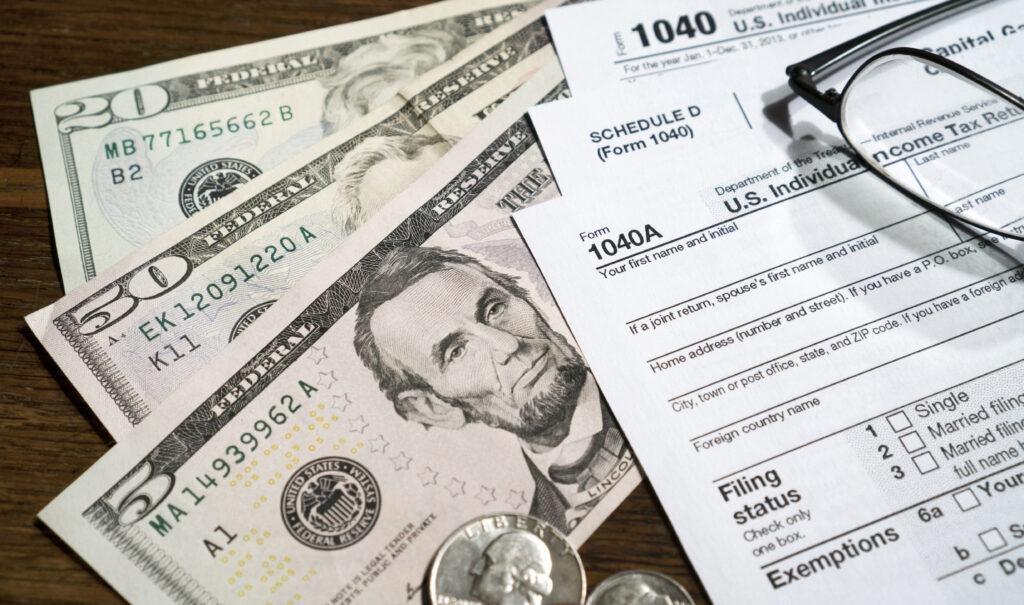Social Security Disability Insurance (SSDI) is an absolute lifesaver for many disabled people all over the United States. Still, you’ll be surprised to know that there are some potential drawbacks associated with this federal program.
Some of the downsides of being approved for SSDI are that, if approved for SSDI, there is a possibility that you may lose your Medicaid benefits. The second downside is that SSDI may not be enough to survive. SSDI has very stringent criteria regarding who is eligible for the benefits, and it takes a long time to receive a decision. And finally, SSDI benefits may be taxable.
Read below as we discuss more potential drawbacks you should consider before applying for SSDI.
Downsides to Applying for SSDI
In this section, we discuss the potential downsides of applying for SSDI.
1. You May Lose Medicaid
SSDI may be a great program for many disabled people, but there is a major downside. Because of the severe income and resource constraints of SSDI and Medicaid, recipients may have to forfeit these benefits if they begin collecting SSDI.
The loss of Medicaid can have a serious impact if you start receiving SSDI benefits.
Medicaid is a government health insurance program that provides extensive coverage, including not just medical but also mental health and pharmaceutical necessities. Medicaid’s coverage of the extraordinarily high costs of care for some people with severe disabilities is crucial to their very survival.
2. SSDI May Not Be Enough to Survive On

In the event that you were rendered unable to work due to an illness or injury, how much money would be required for you to maintain your current standard of living?
What most people say is “just as close as I’m bringing home right now.” That’s why it’s important to have disability insurance that pays out up to 60% of your total income (and doesn’t incur taxes if you pay for it yourself).
The premium you pay for this private insurance will be based in part on the benefit level you select, but it will be flexible enough to meet your requirements.
However, the amount of money paid out by SSDI is much smaller. Payments from Social Security Disability Insurance vary but the average benefit in 2022 was approximately $1,358 per month, and depending on your previous earnings, monthly benefits can be as high as approximately $3,345.
If you have a spouse who continues to work, and combined you meet certain income levels, then a portion of your SSDI benefits may be subject to taxes.
There are a lot of people whose basic living expenses aren’t covered by SSDI. Because of this, even if you successfully navigate the SSDI application and approval procedure, you may find that the benefits are insufficient.
3. SSDI Has Very Stringent Criteria
The biggest challenge for those seeking Social Security benefits is getting past the Administration’s denial of over 60%–80% of claims in 2023.
A substantial percentage of applicants fail to meet the requirements for qualifying, which include being fully disabled, having paid employment taxes, having all required medical documentation, and making all reasonable efforts to recover when possible.
The sheer amount of documentation concerning necessary medical records, treatments, and comments from doctors can be overwhelming, and it can be challenging to generate all of this information in a timely manner.
Those who are interested in filing a claim for Social Security Disability Insurance should speak with a lawyer who specializes in handling disability claims to gain a better understanding of the application process and to receive assistance in fulfilling its requirements.
The Social Security Administration evaluates a claim for SSDI based on the answers to five questions.
- Do you still have a job?
- Does your medical condition prevent you from working?
- Does your condition constitute a disability?
- Can you carry out your duties at work?
- Is there anything else you could do instead?
Your claim’s viability could depend on details as simple as your age and the date you submitted the initial application. The Social Security Administration actively discourages first-time applicants who are not severely disabled from applying for benefits.
Because of this stringent criterion, it can take many attempts to secure benefits. The Social Security Administration reviews the application, and if denied, an appeal if one is submitted. A disability judge will assess the claim and supporting paperwork and make a judgment if the claimant requests a hearing after appealing a negative decision.
4. Waiting Times
In order to qualify for benefits, you must first have been disabled for a period of at least five consecutive months. This means that you will have to wait at least six months, and maybe longer, before you start receiving SSDI payments.
When your application for SSDI is granted, you will receive information about the date your benefits will begin and the amount you will receive.
Once benefits start, they continue for the duration of your disability; your eligibility will be evaluated periodically to make sure you continue to be disabled so long as you are still receiving SSDI payments.
5. It May Be Taxable

Your disability benefits may be subject to taxation, depending on your filing status as well as the total amount and type of additional income that you receive.
In order to compute this, you will need to add together all of the other income you have received, including tax-free interest income, as well as 50% of your SSDI benefits. We refer to this total as “combined income.”
Depending on your filing status and total income, a portion of your benefits may be considered taxable income.
So, Is SSDI Worth It?
Many people question if the potential reward is worth the time and effort required to qualify for this benefit, especially given the high degree of requirements that must be met.
In most cases, if an individual has private disability insurance benefits, they may discover that not only is it simpler for them to qualify but also that their overall payout is higher.
However, not everyone is in a position to afford private disability insurance, and those who cannot afford it rely on the government’s SSDI payment program. Unfortunately, such individuals must expect a much smaller average monthly payout.
Whether or not you think it’s worth spending months and sometimes years fighting for this program’s approval depends on your unique circumstances and the availability of time and legal representation.
Conclusion
In conclusion, there is no doubt that SSDI is a lifesaver for many people who are unable to retain their employment due to a medical condition. But it definitely has some downsides. You must consider these carefully before you apply for SSDI benefits.


